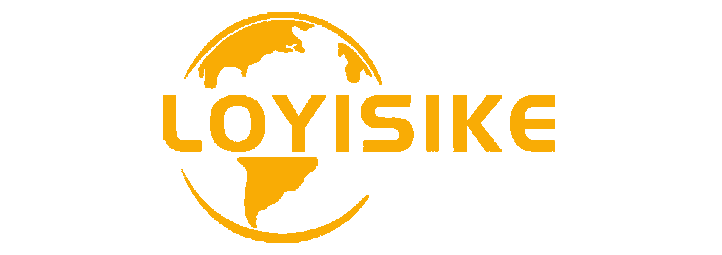Fiber Laser Engraver
What is the application of Fiber Laser Engraver machine?
Laser marking machine is a device that uses a laser beam to mark permanent marks on the surface of various materials. With advantages such as high precision and non-contact processing, it has been widely used in multiple fields. The following provides a detailed introduction to its application from different industries:
1.Manufacturing
Electronic component labeling
Used for surface marking of electronic components such as chips, resistors, capacitors, etc. The marking content includes model number, batch number, QR code, etc., which facilitates product traceability and quality management.
Advantages: High marking accuracy (up to micrometer level), does not affect component performance, suitable for miniaturization and high-density component processing.
Automotive parts processing
Label engine cylinder blocks, pistons, gears, and other components with production dates, serial numbers, anti-counterfeiting labels, etc.
Case: Laser marking on car keys, with both aesthetic and anti-counterfeiting functions, and wear-resistant markings.
Hardware product identification
Label tools, cutting tools, bearings, etc. with brand logos, specifications, etc. to enhance product recognition.
2.Packaging and Printing Industry
Food and drug packaging
Marking the production date, shelf life, barcode, etc. on food packaging bags and drug packaging boxes complies with industry regulatory requirements.
Features: Non contact marking, non polluting packaging materials, suitable for various materials such as plastic, paper, metal, etc.
Anti counterfeiting labels for tobacco and alcohol
Mark invisible anti-counterfeiting codes or patterns on tobacco and alcohol packaging, which can be recognized by special light sources to prevent the circulation of counterfeit and inferior products.
3.Leather and textile industry
Leather product processing
Carving patterns and brand logos on leather surfaces such as leather jackets, bags, and shoes to enhance product added value.
Advantages: Laser marking with neat edges will not cause leather deformation and is suitable for processing complex patterns.
Textile fabric marking
Marking washing instructions, size information, etc. on clothing labels and fabrics can replace traditional printing methods and make the markings more durable.
4.Aerospace and Military Industries
Permanent identification of components
Marking of aircraft engine components and spacecraft parts must be kept clear in extreme environments (high temperature, high pressure) for easy maintenance and fault tracing.
Anti counterfeiting and traceability of military products
Mark encrypted information on the surfaces of weapons, equipment, ammunition boxes, etc. to ensure the traceability of military assets.
5.Medical industry
Medical device labeling
Marking unique identifiers (UID) on surgical instruments, syringes, and implantable medical devices (such as heart stents) to comply with traceability requirements of regulatory agencies such as the FDA.
Requirement: Mark without burrs or chemical residues to ensure biocompatibility.
Drug packaging and test tube labeling
Label patient information and drug names on medication bottles and test tubes to reduce medical errors.
6.Crafts and Gift Industry
Personalized customization
Carving names, blessings, photos, etc. on handicrafts made of materials such as metal, wood, glass, crystal, etc., for customized souvenirs and gifts.
Case: Laser engraving of crystal interior ornaments, embedding portraits or patterns inside the crystal through 3D scanning technology.
Luxury Mark
Marking brand logos or anti-counterfeiting codes on luxury items such as watches, jewelry, and leather goods to enhance product quality and anti-counterfeiting.
7.Other areas
Building materials: Carving patterns or corporate logos on tiles and marble for decorative purposes.
New energy industry: Marking production information on lithium battery electrodes and photovoltaic modules for quality control.
Anti counterfeiting traceability system: Combined with blockchain technology, a unique QR code is generated through laser marking to achieve full lifecycle traceability of products (such as agricultural products and luxury goods).










